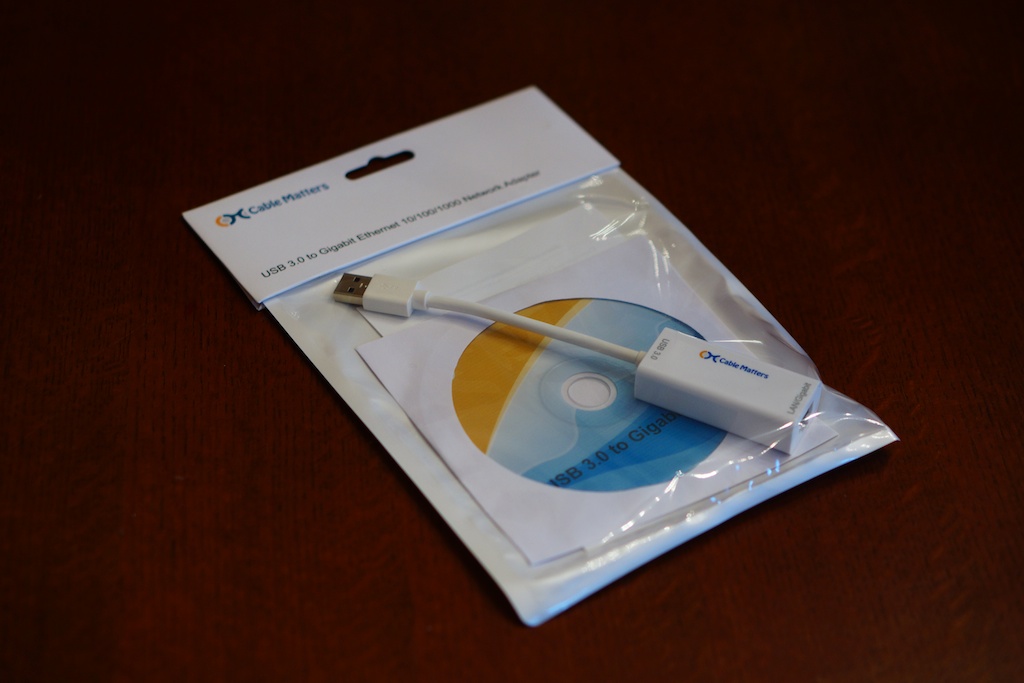- The method described here actually creates a fully functioning macOS Sierra installation on an external USB device. This allows you to take a fully-fledged macOS installation with you wherever you go, for use on any Sierra-compatible Mac. To boot from your external Sierra drive, plug it into the Mac in question, press the power button,.
- If you recently upgraded to Mac OS X High Sierra (10.13.1), you may not be able to connect to the Internet (over Wi-Fi or Ethernet) including unable to browse web pages or open the App Store.Additionally, your Mac will display “green” in System Preferences and show a connected Wi-Fi signal indicating you have a network connection, however you cannot reach the Internet.
Use an Ethernet cable to connect your computer’s Ethernet port to a modem or other network device.
If anyone is still having problems seeing a USB to Ethernet connection in Network settings, here's what worked for me.
1. I'm using the Apple dongle, USB to Ethernet. OS is High Sierra 13.13.4
2. Could not see the connection in network settings.
3. When you plug in the dongle, go to the menu bar, and click on About this Mac. Choose System Report. Scroll down to the USB section. You should see AX88772 (it's important that the dongle is plugged into the USB port on the MB). I think that's what the dongle wants in terms of the driver, which for some reason seems to have been broken in this iteration of OS.
4. Go to the ASIX website and download the driver for AX88772. I used the latest version 2.6.0
Usb Ethernet For Mac High Sierra 10.12
5. Install the package. The machine may give you a message saying your security preferences are blocking it. Just go to security preferences and tell it to allow installation.
6. The machine will ask to restart. Restart it.
7. Go to network settings. You should now see the option for the USB to Ethernet connection. Connect your Ethernet cable to the dongle, and you should be in business.

Hope this helps. Just wasted 5 hours of my life over a few days trying to figure this out, and add in two hours with the ever polite, but in this case unhelpful Apple support people.
MacBook Pro, macOS High Sierra (10.13.4), USB to Ethernet Issues
Posted on May 2, 2018 8:33 AM
HoRNDIS is now maintained by Mikhail Iakhiaev, and this page is in a state of transition – keep your eyes peeled for updates soon ...
HoRNDIS (pronounce: “horrendous”) is a driver for Mac OS X that allows you to use your Android phone's native USB tethering mode to get Internet access. It is known to work with Mac OS X versions 10.6.8 (Snow Leopard) through 10.14 (Mojave – see notes below), and has been tested on a wide variety of phones. Although you should be careful with all drivers that you install on your computer, HoRNDIS has been tested at least well enough for the author (and many others) to run full time on their own personal computers.
HoRNDIS is implemented as a kext, rather than as a user-space program that opens a TAP or TUN device; this means that it does not conflict with other TAP/TUN kexts that you might have installed (like OpenVPN, Tunnelblick, or Cisco VPN). The driver implements Microsoft's proprietary RNDIS protocol, which is the only protocol supported natively by Android devices; although Linux and Windows users have enjoyed native RNDIS drivers for years, Mac OS X supports only CDC Ethernet devices out of the box.1)
The chief advantage of HoRNDIS over other tethering solutions is that it uses the a first-class supported feature in the phone's firmware. Other solutions either take over the phone's Wi-Fi stack without the Android operating system's knowledge, or create an emulation IP stack in userspace on the phone; in many cases, the built-in USB tethering support can be more stable, more reliable, and faster.2)
Macbook Usb Ethernet
This page is also available in Russian: HoRNDIS: драйвер USB-модема для Mac OS X. My thanks to Vlad Brown for his effort in translation!